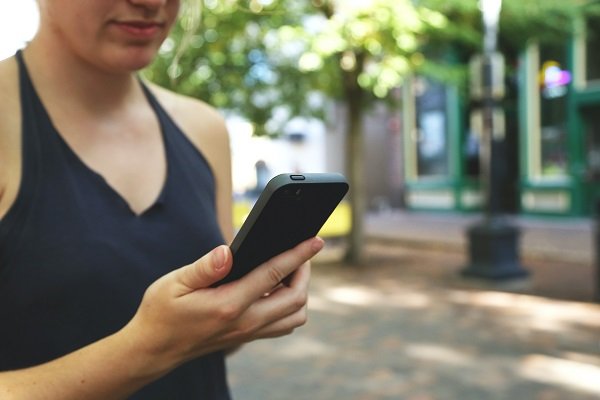The increase in cell phone thefts, especially in metropolitan regions, has become a trending topic. In general, the criminals use the same technique, quick actions, at night, taking advantage of traffic jams or red lights, through the open window of a vehicle and against passengers in the back seat, usually alone. Normally, the person is using the smartphone in the back seat and out of nowhere a hand appears that quickly pulls the device and immediately begins to carry out financial transactions, withdrawing all the money available.
This Content Is Only For Subscribers
To unlock this content, subscribe to INTERLIRA Reports.
These abrupt approaches bring new risks beyond the shock and financial loss. That is because as the phone was in use at the time of the theft, thus unlocked, criminals have an easier time accessing banking apps or social networks to carry out operations or commit scams.
In addition, robbers also have access to sensitive information from the victims, stealing them for other crimes. The theft of information also allows criminals to blackmail the cell phone owner. After obtaining sensitive data, a payment can be demanded so that the information is not made public.
Large events that generate agglomerations such as the Carnival parades also attract this type of criminals, some with the ability to take cell phones , wallets and other small items out of pockets without being noticed.
Data from the Public Security Institute (ISP) help demonstrate the explosion of cases: In the state of São Paulo, for example, there were 26,484 thefts in January and February of this year and 34,338 robberies in the same period, an average of 42 robberies or thefts per hour. In the capital of São Paulo, the neighbourhoods with the highest number of occurrences are: Historic Center, Barra Funda, Pinheiros, Brás, Consolação, Brasilândia, Grajaú, Capão Redondo and Cumbica, in the Guarulhos airport region.
In Rio de Janeiro, between January and February of this year, there were 3,969 of such incidents, an increase of 87% compared to the same period in 2021. The Barra da Tijuca (West Zone) area is the record holder with 399 cell phone thefts between January and February, an average of almost seven a day. Then come three neighbourhoods in the South Zone: Copacabana, Leblon and Catete.
The focus is prevention. The consumer needs to be careful and adopt measures that reduce the possibility of having the device stolen and the breaches for the criminals to explore when they manage to get a hold of the phone.
Recommendations
- Avoid using the cell phone in transit, either in the car or on the street.
- Inside vehicles, try to keep windows closed and sit away from them.
- Do not have simple or easily deductible passwords and they can never be written down on the cell phone.
- Prefer to do not keep the e-mail address that is used to reset your accounts passwords (recovery e-mail) installed on your cell phone.
- Use additional security tools such as biometrics, facial recognition, and double authentication.
- If possible, install an app that implement an additional password barrier for apps that give access to bank accounts or important information, such as your main e-mail. Some people have started to adopt the “landline smartphone”, which remains at home logged into bank applications.
- Be prepared for this incident. What bank phone numbers do you have to call? When you’re nervous, it’s important to have this script in a place of easy access: your bag, in your car’s glove compartment, at home, so you can let them know as soon as possible that you were robbed.




